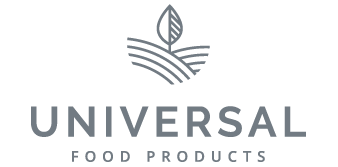12,000 years ago, humans began to domesticate animals and to cultivate plants for food. As agricultural tools and techniques evolved, food sources became more reliable and societies were able to flourish.
With growing populations and demand, the traditional small family farms were pressured to expand into large industrial operations for financial survival. As farms became progressively larger and more intensive, so did the demand on mother earth, leading to unintended environmental consequences such as pollution, soil depletion and the use of contaminants like pesticides. In turn, our unseasonal food choices are often limited in nutrient profile in comparison to their seasonal siblings, with increasing options of cheap, nutrient-poor manufactured foods available.
Beyond the simplistic story of the big industry bad boys versus the small, local and organic good, agriculture has perhaps always been destructive because it reshapes the landscape and displaces the ecosystem within it. Over the next 35 years the world population is expected to grow by a further two billion, with greater competition for diminishing natural resources such as water, soil and land, set against the impact of climate change. So how can we begin to turn the tide?
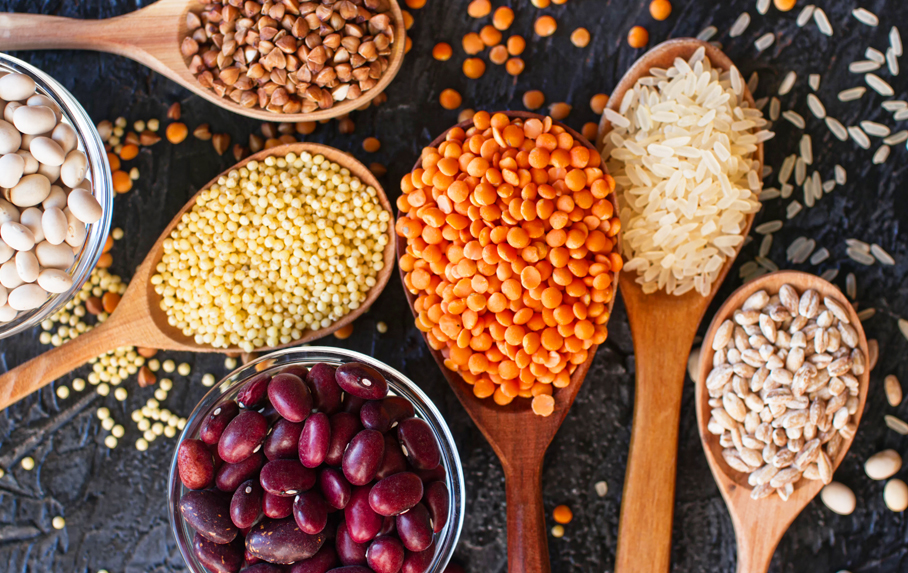
There are three broad strategies to support a sustainable food system that will feed a growing population: increasing food productivity, reducing food waste and changing our eating patterns.
Changing our eating habits
The entire food system contributes up to a third of human produced greenhouse gases involved in climate change, and half of this is from livestock production. There is no set definition for a ‘sustainable diet’, but perhaps it could be determined to be the sourcing and provision of food that not only provides for our needs now, but also those of future generations.
Becoming plant-centric
Reducing the amount of meat, specifically beef, eaten and increasing how much plant-based foods you eat, likely has the greatest benefit to our environment. While meat can be an important source of a number of micronutrients and protein, it is possible to achieve a complete, balanced diet with less or even no meat. In contrast to meat, production of plant foods, such as wholegrains, fruits, vegetables, beans, pulses, nuts and seeds, have a significantly smaller impact on the environment and emit less carbon emissions that are instrumental in global warming.
Replacing some or all meat with plant-based proteins such as beans and pulses would not only be better for the environment, but also better for the health of Australia due to plant foods being rich in a wide variety of nutrients. Even choosing smaller portions of meat, or having meat-free Mondays, can all contribute in a beneficial way.
“As farms became progressively larger and more intensive, so did the demand on mother earth”
Sourcing fish sustainably
Australia produces a bounty of seafood, including rock lobster, abalone and fresh tuna; however, most of this doesn’t end up in our supermarkets. About 70% of all seafood we do eat here in Australia is imported from other countries. As imported seafood is unregulated, it can be difficult to know whether the fish you buy was caught sustainably. The most sustainable fishing methods are ‘pole-and-line’ where much like it says on the tin – the fish are caught individually and whipped up onto the deck of the fishing vessel.
The most common method of commercial fishing around the world is by using a large net which trawls the ocean in order to surround a school of fish, but often picking up a vast array of different sea creatures. This can wreak havoc on the local marine life, with most of the then-dead catch dumped back overboard. Try to check the method of fishing on the label of a can of tuna, or ask your local fishmonger when buying fresh.
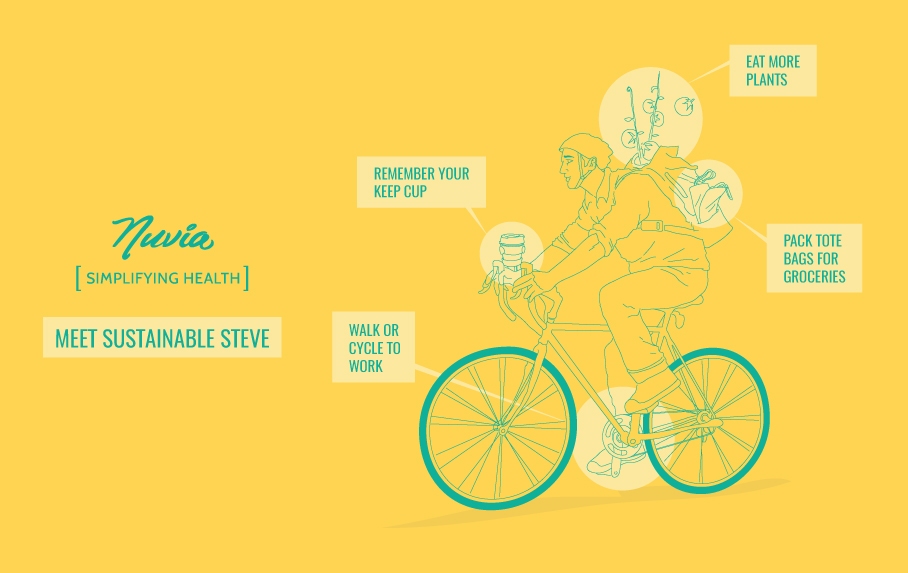
Shop local or grow your own
While Australia has the largest number of certified hectares of organic land than any other country in the world, over 12 million hectares, only about seven percent of fresh food that we buy comes from local farms. It’s all shipped in, and often food is shipped interstate purely for processing and then shipped back. Choosing local produce or growing your own either at home or in a community garden can reduce the impact on the environment. We have a much smaller eco footprint and waste less food when we grow our own, and isn’t it everyone’s dream to have your own fresh produce?
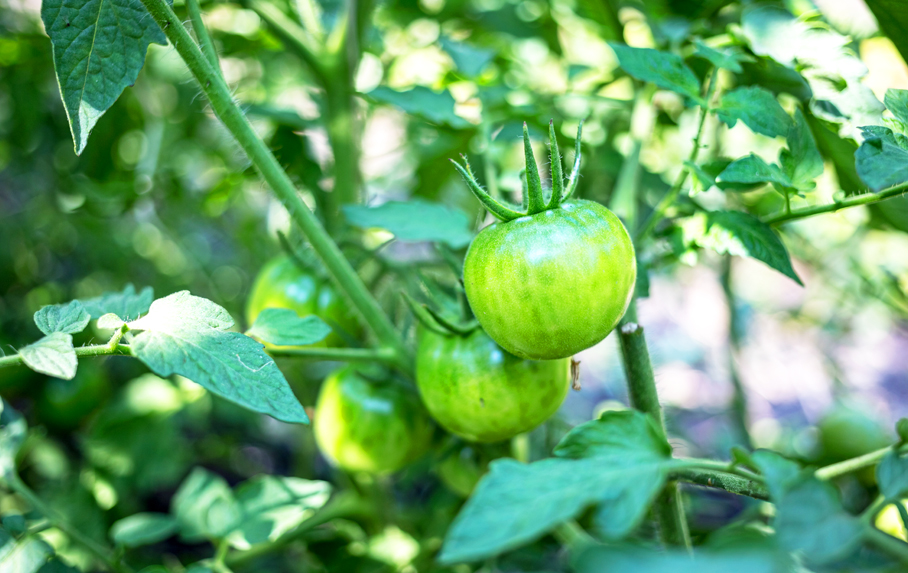
Eat seasonally
Ever thought about what it takes to have crisp carrots all year around? We all want fresh veg, rather than soft old flavourless ones. Unfortunately, the expectations that we have as consumers that certain produce will always be available puts pressure on our farming system to meet this demand, often through intensive and unsustainable practices. Soil degradation from intensive farming decreases the yield produced, and supplies less nutrients to our food, and ultimately, to us. A way that we can shape the future of farming is through demand. Choosing seasonal vegetables supports sustainable farming, and happens to be cheaper for us too – a double win!
Download a seasonal produce guide here
Useful websites and apps to give you a helping hand:
Ethical shopping guide app
Fairtrade Australia and New Zealand
Sustainable table



